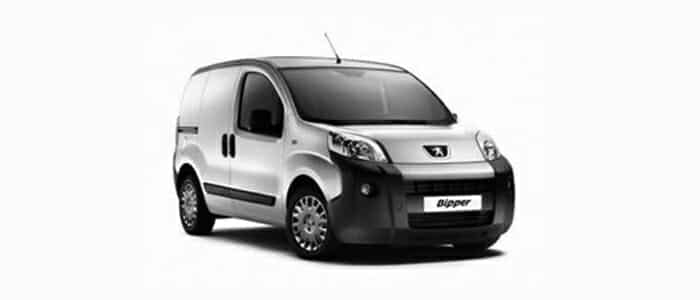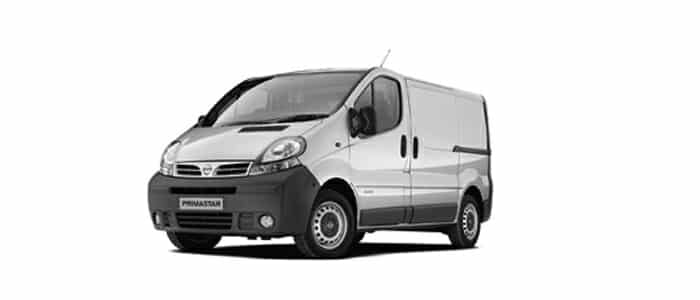
How can I build my own freezer van?
Converting a standard commercial vehicle into a freezer van is a big job. While some companies sell conversion kits that are intended for the user to fit into the vehicle on their own, in most cases these are only capable of cooling the van down to slightly refrigerated temperatures. If you need a real freezer van, rather than a light refrigeration van, then a professional job is the best option, and Glacier Vehicles offers a number of bespoke conversion options.
A freezer van’s cooling system has two main components: the insulation and a mechanical cooling system. The cooling system removes heat that has built up inside the chilled compartment and the insulation stops further heat from reaching the interior of the vehicle.
Freezer Van Insulation
Installing the insulation is a fairly complex task, but it’s absolutely vital that it’s done right. Usually the insulation is made from high-density polymer foam, similar to Styrofoam. This is used because it’s an extremely poor conductor of heat, partly due to the huge number of air bubbles that are trapped inside the foam. This is the same reason that coffee cups are made from Styrofoam, although the foam inside a freezer van will be much thicker and more durable than a Styrofoam cup.
In a freezer van (click here to see our full range of freezer vans), the insulation will be extremely thick, usually around double the thickness of an insulated van. It’s important to insulate every single surface on the interior of the van, leaving no part of the loading bay uncovered. This creates a tight seal, ensuring that no heat from the environment or the freezer van’s engine can enter the vehicle.
The foam insulation is then covered. This can be done with two different techniques: wet lay or dry lay. Dry lay involves putting down hard tiles over the insulation, creating a protective coating that avoids dirt and damage. The other technique, wet lay, involves spraying on a substance that hardens into a tough, impregnable coating. The wet lay method is often regarded as superior, especially for freezer vans that are going to be used to carry foodstuffs. This is because the dry lay technique involves tiny gaps in between the tiles, which can be a hazardous breeding ground for bacteria and mould. A frozen environment is usually a very good protection against bacteria, but it’s wise not to take any chances when you are dealing with public food safety.
Cooling Systems for Freezer Vans
All that remains is to install the cooling system. The system involves a condenser, which sits inside the freezer van’s frozen compartment, and the evaporator and compressor, which are situated in a box on the top of the freezer van. The condenser works like a reverse radiator. Rather than emitting heat, it sucks it up and traps it in constantly flowing coolant fluid. This fluid is then transferred to the condenser and evaporator, which work together to expel the heat into the atmosphere. As this process runs, the temperature inside the freezer van’s loading bay drops to freezing conditions.
If you’re interested in creating a freezer van for your business, we’d advise you to find a reputable professional freezer van conversion engineer in your local area rather than attempting to complete the job on your own. Home conversion kits are unlikely to be able to maintain freezer van temperatures, and this could be extremely unsafe if you are delivering food. Give Glacier Vehicles a call today!



